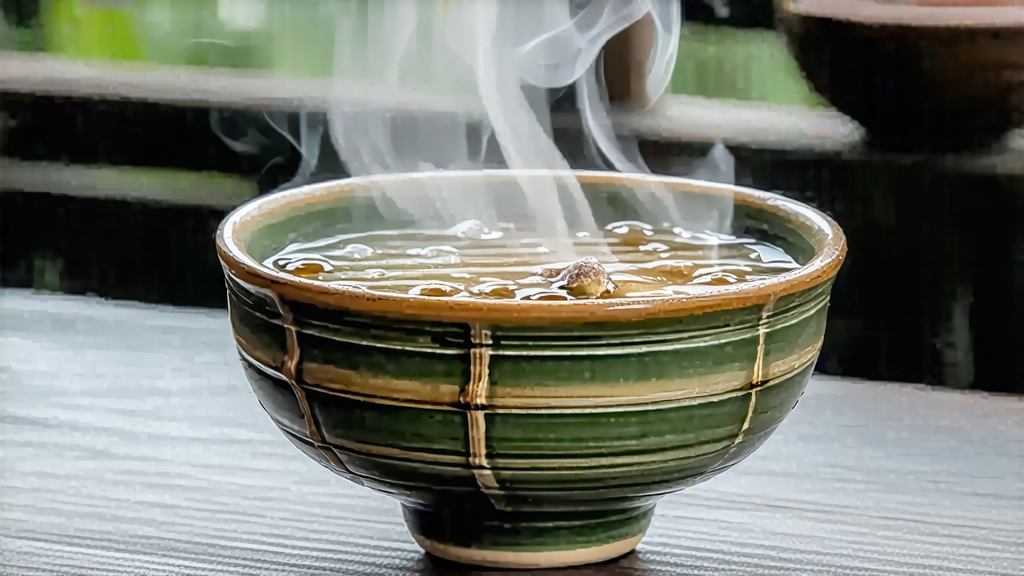
Tucked into the subtropical hills of northeast Fujian, where the Min River meets the East China Sea, a tiny county named Fuding guards what many Chinese tea masters call “the moonlight of tea.” The local name is Bai Hao Yin Zhen—White Hair Silver Needle—yet for most of the world it is simply Silver Needle, the most luminous expression of white tea. Unlike the verdant intensity of Dragon Well or the rocky gravitas of Da Hong Pao, Silver Needle whispers. Its flavor is a quiet aurora of honeyed melon, fresh fennel and mountain springwater, a profile so delicate that first-time drinkers often suspect the cup is empty—until a cool, sweet echo lingens at the back of the throat for minutes. To understand why this tea behaves like liquid light, one must follow it from sea-fogged garden to glass, tracing seven centuries of tribute, revolution and rebirth.
Historical tapestry
Song-dynasty scrolls already record “white cakes” pressed from large-leaf tea and sent north on the Silk Road, but those bricks bear little kinship to today’s needle-shaped buds. The modern pedigree begins during the late Ming dynasty (c. 1600) when imperial censors in Fuding demanded unopened leaf buds, silver-white with pubescence, as a lighter alternative to the smoky black teas then fashionable at court. By the Qing, Silver Needle had become one of the eight tribute teas, transported in reed-lined crates along the Grand Canal to Beijing, where Empress Dowager Cixi allegedly rinsed her face with the first infusion to brighten the skin. Foreign merchants first encountered it in 1889 when a Fuding missionary mailed 2 liang (about 75 g) to the Royal Horticultural Society in London; the sample was dismissed as “too pale for English taste,” yet the seed of curiosity was planted. After 1949 the state collectivized the gardens, converting many to black-tea production for Soviet export, and Silver Needle nearly vanished. Only in 1985, when the Fujian Academy reopened experimental white-tea workshops, did the cultivar Dai Bai (Big White) regain prominence, triggering the global renaissance we taste today.
Micro-terroir and cultivars
Authentic Silver Needle is plucked exclusively from two clonal shrubs—Fuding Dai Bai and Zhenghe Da Bai—grown between 200–800 m on red granitic soils laced with quartz. The East China Sea sends nightly fog through the valleys, slowing photosynthesis and thickening the bud’s downy “peko.” At dawn the dew point hovers at 22 °C, ideal for withering; by noon maritime breezes lower humidity to 55 %, preventing mold. These oscillations create buds that are longer (2.5–3 cm), plumper and more amino-rich than inland imitations from Yunnan or Guizhou. Farmers speak of “three golds”: the golden hour of picking (6:30–9:30 a.m.), the golden ratio of quartz to loam in the soil, and the golden down that coats a perfect bud. Any leaf, stem or secondary bud disqualifies the batch from Silver Needle status; it must be 100 % single tips.
Plucking ritual
The harvest window is brutal—five, at most seven, days around Qingming (early April) before air temperatures exceed 20 °C and the bud unfurls. Experienced pickers use a “twist-lift” motion, snapping the stem between thumb and middle finger while the index finger flicks the bud into a bamboo basket lined with palm leaf. A full basket weighs barely 250 g; 30 000 buds—an entire day’s work for two artisans—yield only 500 g of finished tea. To avoid bruising, baskets are never stacked and must reach the withering shed within two hours.
Withering: the soul step
Western texts often translate sha qing as “killing the green,” but white tea skips this enzyme-destroying pan-fire. Instead Silver Needle is allowed to slowly oxidize through a dual-stage withering that lasts 48–60 hours. First, the buds are laid 2 cm thick on bamboo trays inside a sun-lit corridor called a “wind attic.” Every 20 minutes they are gently fanned by hand; the goal is to reduce moisture from 78 % to 40 % while activating endogenous enzymes that convert catechins into floral lactones. At dusk the trays are stacked and